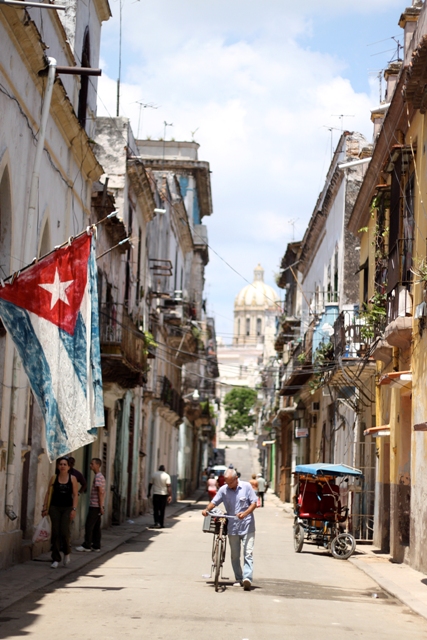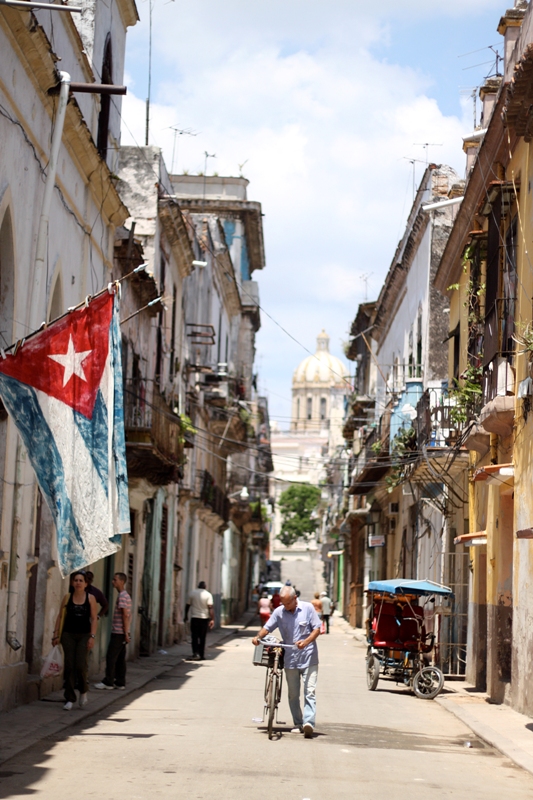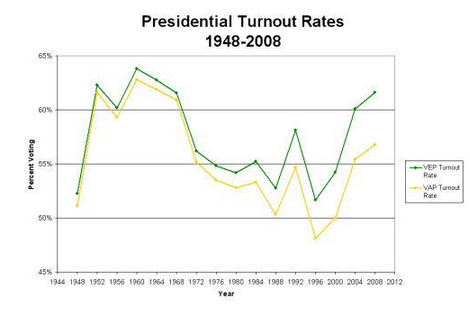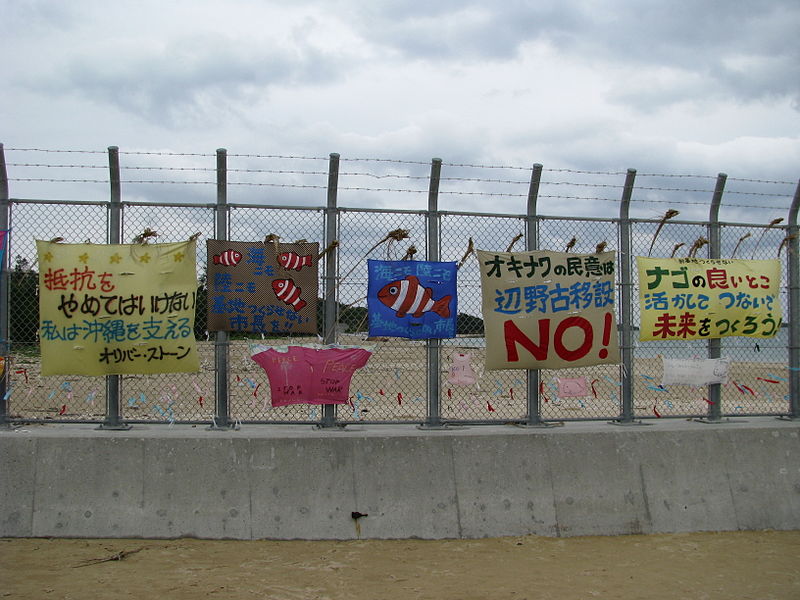
This past May, Northeastern’s Social Enterprise Institute (SEI) led its fifth Dialogue of Civilizations program to the Dominican Republic. As part of the College of Business Administration, SEI is a driving force behind many Northeastern initiatives to channel enterprise-based solutions toward advancing the developing world. Unlike a majority of other Dialogues, this month abroad did not solely consist of eight credits worth of classes but rather had a deeper focus on field research. Integrating study with daily site visits throughout the country created a unique opportunity to learn about the topics of the program, microfinance and utilizing entrepreneurialism to help the poor lift themselves out of poverty, in a hands-on way.
Students spent the first three weeks in the Dominican Republic pursuing a research topic of importance to our partner organization, Esperanza International, regarding the complimentary services offered to their recipients of microfinance. The partnership between Northeastern, SEI more specifically, and Esperanza allowed our group of undergraduate students to perform an in depth qualitative analysis on the availability, accessibility, and eventual utilization of Esperanza’s various “plus” services. Through interviews with borrowers in the impoverished communities in which they reside, we were able to gather the stories of almost 200 women and over a dozen loan officers who help deliver the services each day. All of our academic and research endeavors were enhanced with the help of about 20 students in one of the Dominican Republic’s most prominent universities, Instituto Tecnológico de Santo Domingo (INTEC). These students were integrated with Northeastern students throughout the course of the entire program, constantly offering cultural insights and opinions on the subject matter that could never be found in textbooks. Partnering with INTEC was a beneficial experience for both groups beyond the classroom. While INTEC students provided much needed translating skills while researching in the field, many of the local student’s eye were opened to the degree of poverty that persists in their own country. Sometimes just a few miles from where they live, our research exposed us to extreme poverty in both a rural context in isolated bateye communities and an urban one, in the lower-income parts of the capital city. A majority of the borrowers and loans officers with whom we met were representative of Esperanza’s target population, both extremely poor Dominicans and Haitians, whether legal citizens or not, who are excluded from financial services and the basic necessities needed to rise out of poverty. Culminating our stay in the DR, a presentation and final written proposal was delivered to Esperanza’s current president Carlos Pimentel and Microfinance Services Manager Pedro Lacen.
We spent the final week of our program in Cuba, where the offering of small microcredit loans is still taboo from a legal standpoint but is certainly gaining momentum in an informal manner. The group was able to visit the socialist Republic of Cuba with the because visas can now be issued through a new opportunity made possible just 18 months ago for academics. Even though our true focus was on poverty and the possibility of emerging entrepreneurialism eventually having an impact on it, we refrained from speaking openly about microfinance, since the government does not recognize the practice. Throughout our time in the country, we visited a number of different cities spanning nearly entire the length of the island, beginning in the capita, Havana, and ending in the second largest city, Santiago de Cuba. We visited an organic farm cooperative just outside Havana, talked to a representative from the National Association of Economists, and listened to a professor from the University of Havana. Perhaps the most interesting opportunity was hearing from the director of a church program called Proyecto Buen Samaritano, an affiliate of Esperanza International, which is able to offer loan services secretly by calling them, “donations from the church”. Trying to balance the official statement of the government that there is no poverty and the blatant reality that Cubans struggle daily to meet their most basic needs led us to wonder how our studies about microfinance could play a role here.
In 2011, it was estimated that 83% of the Cuban work force is employed by the state in state-owned enterprises, 5% work with cooperatives closely tied to the government, 12% work in the private sector, and only 3% are considered self-employed individuals known as “cuentapropistas”.With such an enormous majority subject to low government wages and state control of their working lives, there has historically been very little room for innovation and private sector jobs led by common people. Current President, Raúl Castro, has attempted to leave a lasting impact by confronting national production difficulties through “transferring” a record number of state workers to the small enterprise sector.
In late 2010, the Sixth Party Congress drafted its “Lineamientos”, a shortened name for the “Economic and Social Policy Guidelines”, which sets out Cuba’s massive proposal to permit the 1.8 million government employees deemed “redundant” to find work elsewhere.The future remains very promising for both self-employment and small business development where success is not dictated through central planning but rather originates in the determination of independently working Cubans. With so much liberalization occurring, other changes such as relaxing hiring restrictions, expanding wholesale markets for inputs, and growing the licensing industry have all complimented the “Lineamientos”. The absorption of almost two million people into a part of the economy that has barely been given a chance before in the planned Cuban economy shows just how important the shift is. If the socialist economic model proves too inflexible for the trend toward privatization it may be the last time this regime even considers freeing up its tight grip on employment. However, if this move appears to cause enhanced production figures Cuba may choose to continue moving toward a hybrid economy with what it believes to be the most essential parts of both markets and central planning.
Comparing the characteristics and potential of microfinance in a capitalist country like the Dominican Republic and then in a socialist country like Cuba was truly eye opening. The opportunity to freely interview Esperanza loan recipients one day, and then fear even mentioning the word “microfinance” the next day in a radically different country, illustrated just how much muscle states can exercise, or choose not to exercise, regarding the development of their own people. With such an uncertain future ahead and the zeal of the Cuban Revolution potentially on the decline, the steps that Cuba will take to move forward in the 21stcentury are bound to be transformative to say the least.
Harrison Ackerman
Political Science & International Affairs
Class of 2016
Koul, Nisha. “Cuba May Allow Microfinance as Part of Modernization of Economic System.” MicroCapital.org, Last modified July 13, 2011. Accessed June 5, 2012. http://www.microcapital.org/microcapital-brief-cuba-may-allow-microfinance-as-part-of-modernization-of-economic-system/.
Ritter, Arch. “The Sixth Party Congress and “Lineamientos”: A Turning Point for Cuba?.” The Cuban Economy, Last modified June 17, 2011. Accessed June 8, 2012. http://thecubaneconomy.com/articles/2011/06/a-ritter-espacio-laical-the-sixth-party-congress-and-%E2%80%9Clineamientos%E2%80%9D-a-turning-point-for-cuba/.



